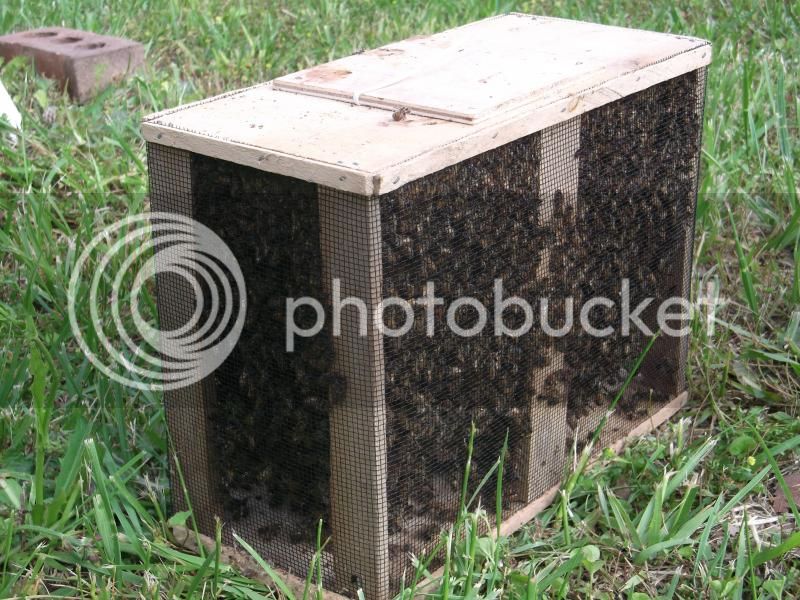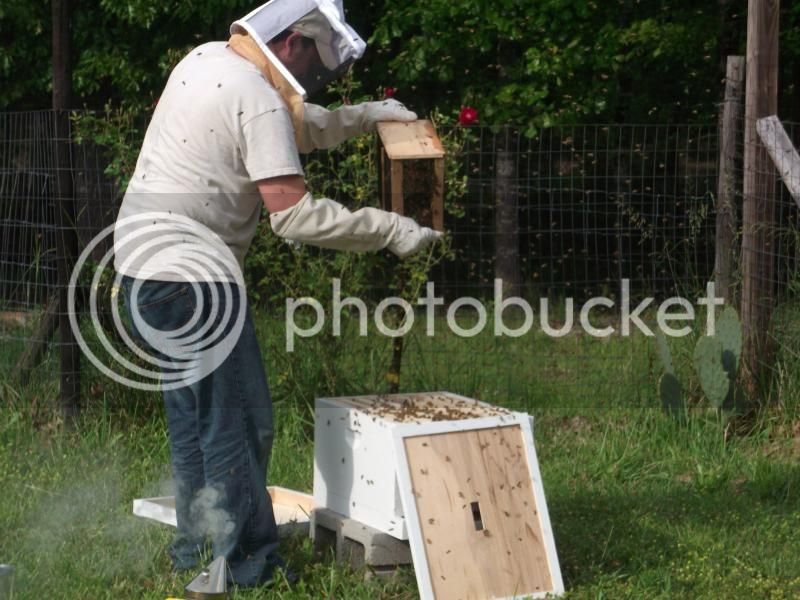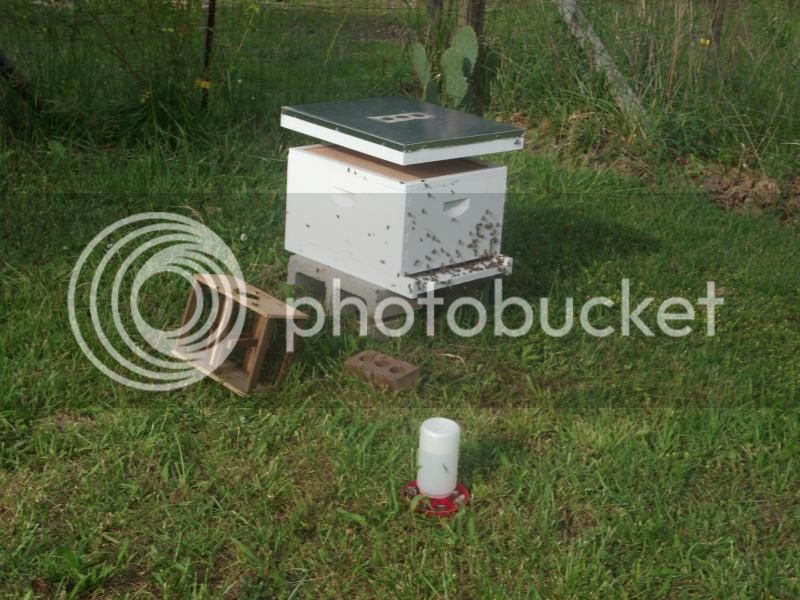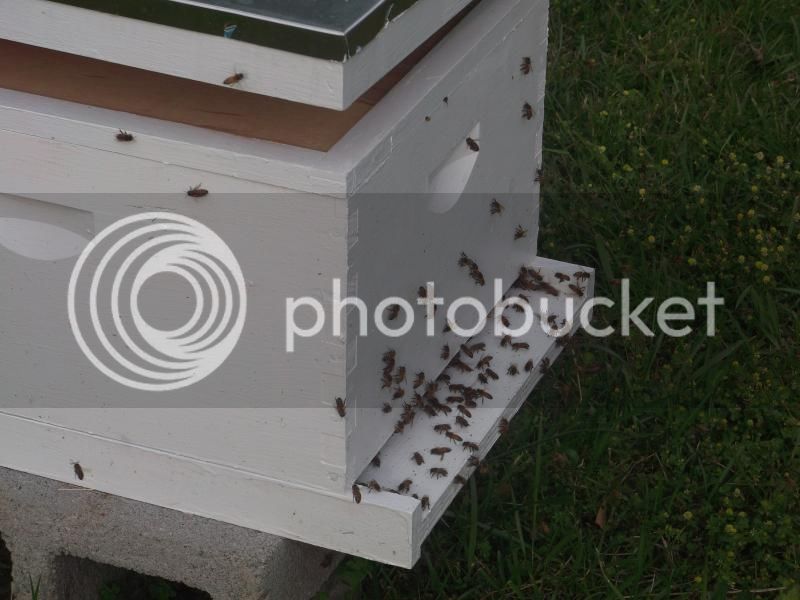Sounds like you've got that taken care of. Good job!
My first inclination would have been to allow the supersedure to take place. Your population growth would take a hit until the new queen is laying, but the colony should bounce back, right? Perhaps not with a nuc? Newbie question here; please correct if I'm wrong. I do understand strengthening the hive through combination and why you would want a laying queen sooner than later.
Haha, thank you.

Well, firstly, supersedure is
natural. Another name for supersedure cells is emergency queen cells, but they are kind of different. Supersedure happens to replace the current queen; emergency queen cells are built to replace a nonexistant queen. If the current queen was killed, wasn't performing well enough, wasn't producing enough pheromones, was injured, or for any reason was felt faulting and isn't dead already, the workers may let her live while they raise new queens, or they may kill her and continue raising new queens.
Supersedure cells are on the top 2/3 of the comb, built over an already present cell.
Firstly, if it is an emergency queen cell, the workers' first choice is to built a queen cell around an egg. If there are no eggs present, they will build around whatever youngest larva stage they can get. So this larva may not be prepped for success. Remember, the longer the larva has been eating a queen diet, the better the outcome and the healthier (normally) the virgin queen will be.
Once a virgin queen emerges, the next step is mating. If you are in an area with not many hives, there will not be many drones, and you don't know the temperment of these drone mother colonies. If the queen doesn't mate with enough drones, she will not have much sperm to fertilize eggs with. If you live in an area with africanized bees, than this can be major trouble. If the weather is not nice enough, the virgin queen may not be able to take her mating flight, and she only has a limited window to mate in. Once you've got a virgin queen that's missed her window and is in charge of a colony, you've got trouble; she can only lay drones, and no more queens can be raised from these. The hive will collapse unless the virgin queen is killed and the hive is requeened by a beekeeper.
Queen producers have queen mother colonies and drone mother colonies that they test for certain traits, such as hygene, gentleness, honey production, propolis production, egg laying rate, etc. They stock the area with preferable drone mother colonies and provide DCA's (drone congregation areas). They often put virgin queens into queen banks or mating nucs, which allow more virgin queens to mate in a smaller area because these types of hives are very small.










































